Role of Endoscopic Cyclophotocoagulation Devices in Treating Glaucoma
With the development of micro-invasive glaucoma surgery devices, the context of glaucoma surgery has changed and it has now become much safer. Most of the approaches have failed till now to get a satisfactory IOP control in cases of refractory glaucoma. However, the E2 Ophthalmic Laser Endoscopy System provides a MIGS approach for managing glaucoma with the use of Endoscopic cyclophotocoagulation. ECP is a relatively new, safe, and effective procedure that is used for reducing IOP and the number of prescribed glaucoma medications while treating glaucoma. One such MIGS device in the armamentarium of a glaucoma surgeon is the ENDOOPTIKS E2 system by BVI which is used for performing endoscopic cyclophotocoagulation. With one single microprobe with built-in laser, Endo Optiks offers simultaneous laser and imaging function that provides high-resolution imaging, wide-field illumination, and controlled laser application which is displayed on an enlarged video monitor.
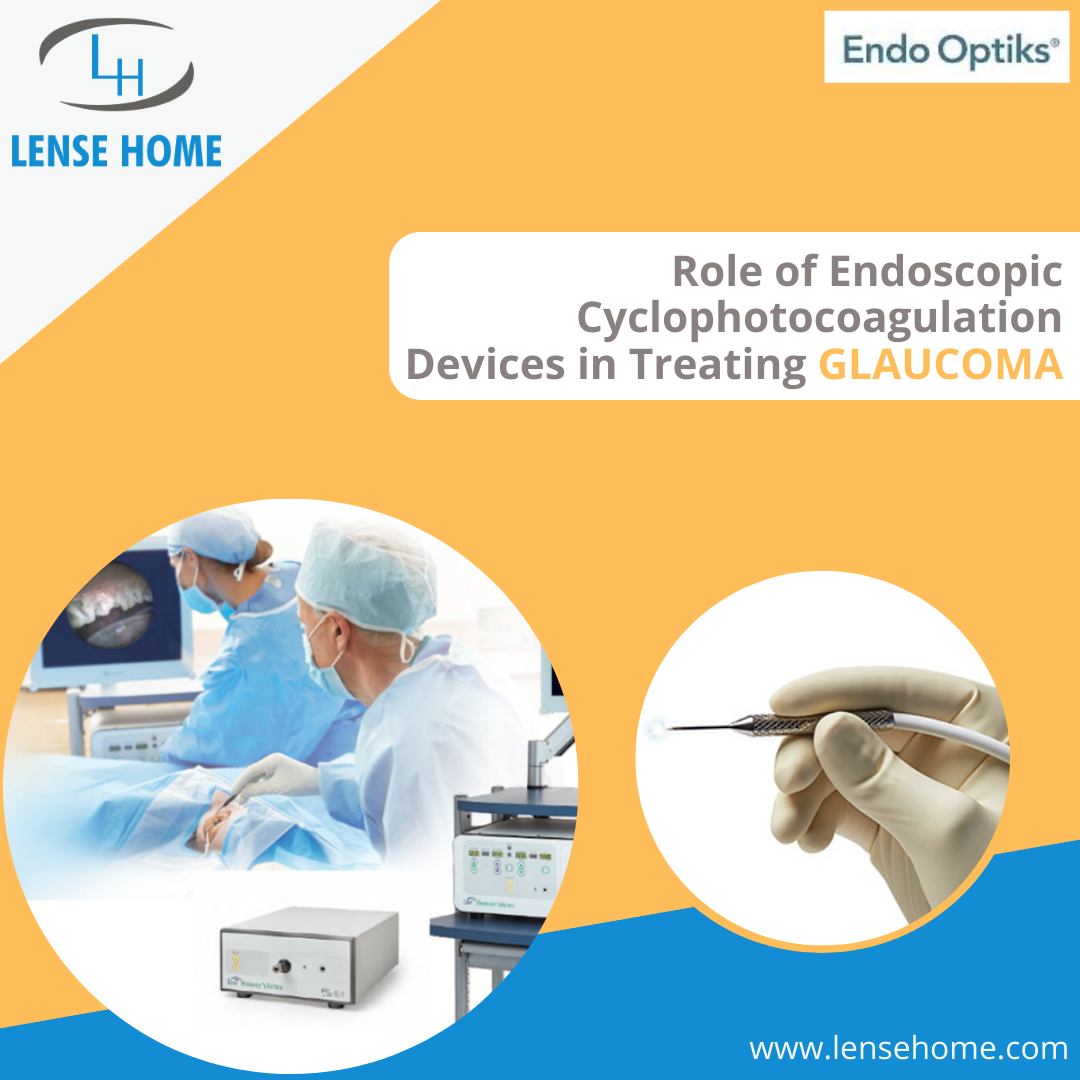 Several case studies have favored the effectiveness and safety of ECP in the treatment of different types and severities of glaucoma. Unlike other MIGS procedures, Endo Optiks does not need any conjunctival disruption or device implantation and due to its minimally-invasive nature, it can be paired easily with phacoemulsification for reducing IOP and medication stress in patients with coexisting glaucoma and cataract. Different research papers have also stressed the usefulness of the ECP device that makes it a versatile surgical treatment for glaucoma. The endoscope has been referred to as a critical intraoperative tool that is being used by subspecialists for diagnosing and treating ocular pathology in cases where it is not possible to get a standard microscopic view.
Several case studies have favored the effectiveness and safety of ECP in the treatment of different types and severities of glaucoma. Unlike other MIGS procedures, Endo Optiks does not need any conjunctival disruption or device implantation and due to its minimally-invasive nature, it can be paired easily with phacoemulsification for reducing IOP and medication stress in patients with coexisting glaucoma and cataract. Different research papers have also stressed the usefulness of the ECP device that makes it a versatile surgical treatment for glaucoma. The endoscope has been referred to as a critical intraoperative tool that is being used by subspecialists for diagnosing and treating ocular pathology in cases where it is not possible to get a standard microscopic view.
Treating glaucoma with an Endoscopic cyclophotocoagulation procedure using devices like Endo Optiks offers several advantages over other procedures as they tend to have the possibility of dislocating inside the eye and high chances of inciting inflammatory responses or angle bleeding. On the other hand, ECP is relatively easy to perform and is a low-risk option that is available.
Endo Optiks has fiber optics that allows partial coagulation of the ciliary process tissue from inside the eye, thereby producing reduced aqueous suppression. The fiber optic viewer allows proper visualization of the ciliary body which otherwise is not visible to the surgeon. Also, with the titratable feature of the ECP devices, the surgeon can adjust the size of the arc being targeted with the laser to reduce the collateral damage and minimise the IOP resulting in reduced pain for the patient.
ECP procedure has been mostly used by glaucoma surgeons to reduce IOP by decreasing the aqueous production. However, several controlled studies have claimed that the most useful role of ECP devices in cataract surgery is when the patients having glaucoma and have narrow angles. ECP devices like ENDO OPTIKS allows the surgeons to manipulate the size and position of the ciliary body and processes by aiming the laser at the posterior end of the process. This way the angle can be opened up in the patients having narrow angles during the cataract surgery.
ECP devices can be seen as a potential tool for addressing different types of glaucoma, specifically, glaucoma in patients with narrow angles. Considering the complications of addressing this disease, more surgeons must add devices like Endo Optiks to their armamentariums.

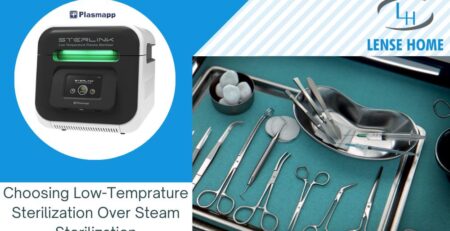

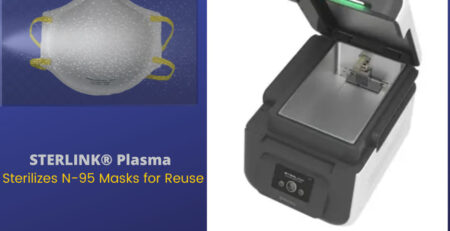


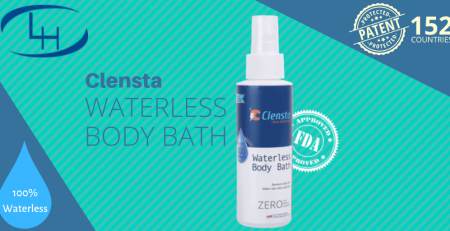

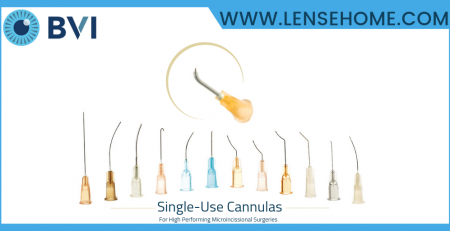

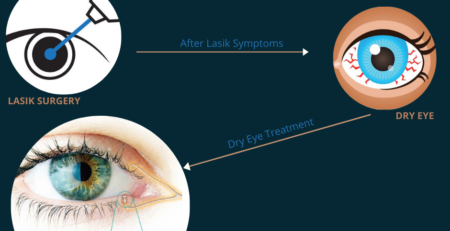

Leave a Reply